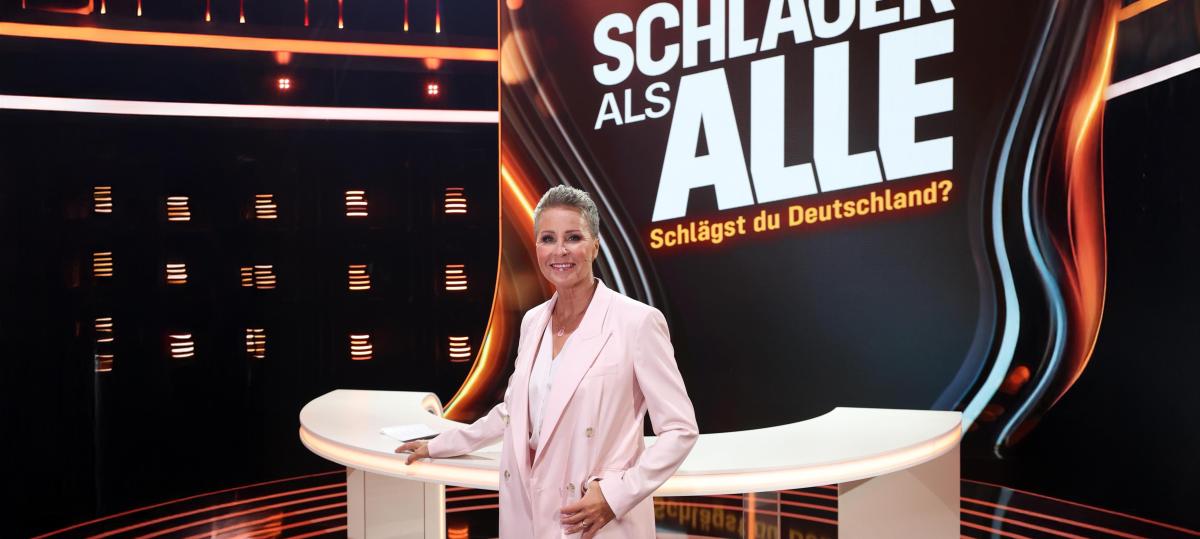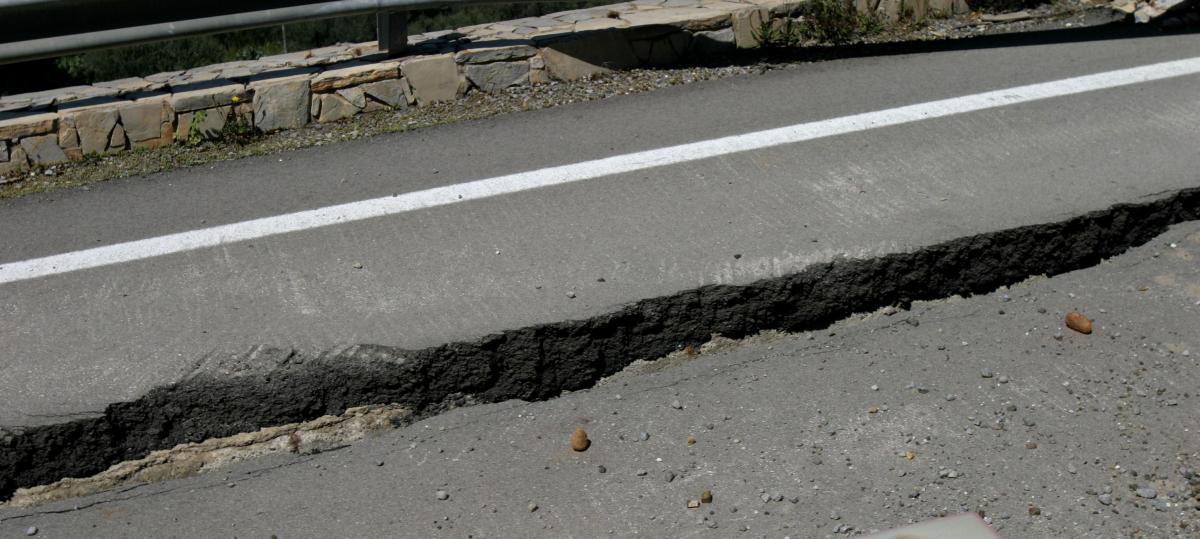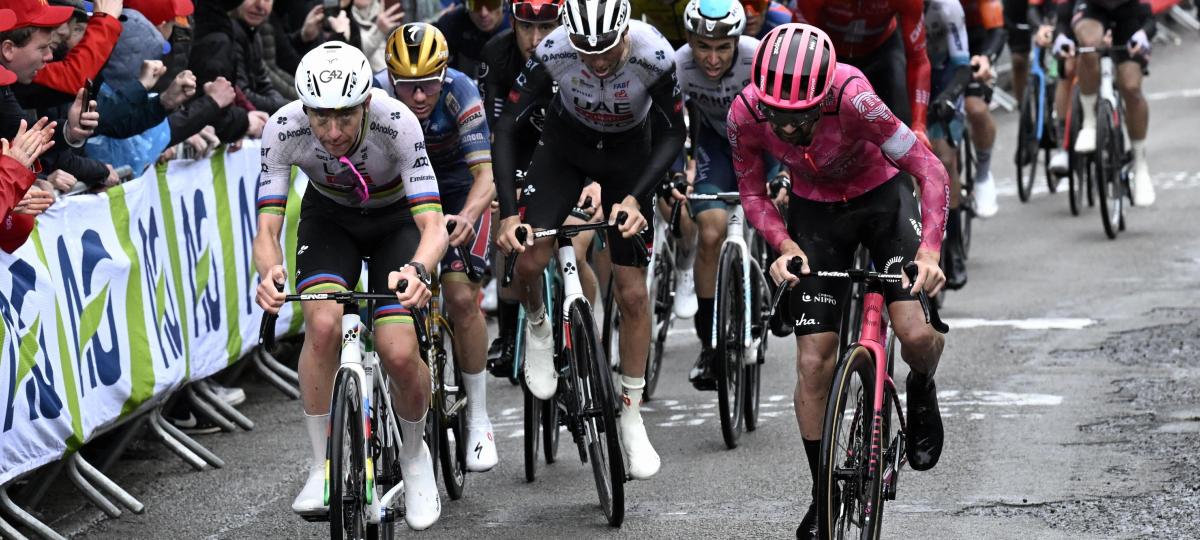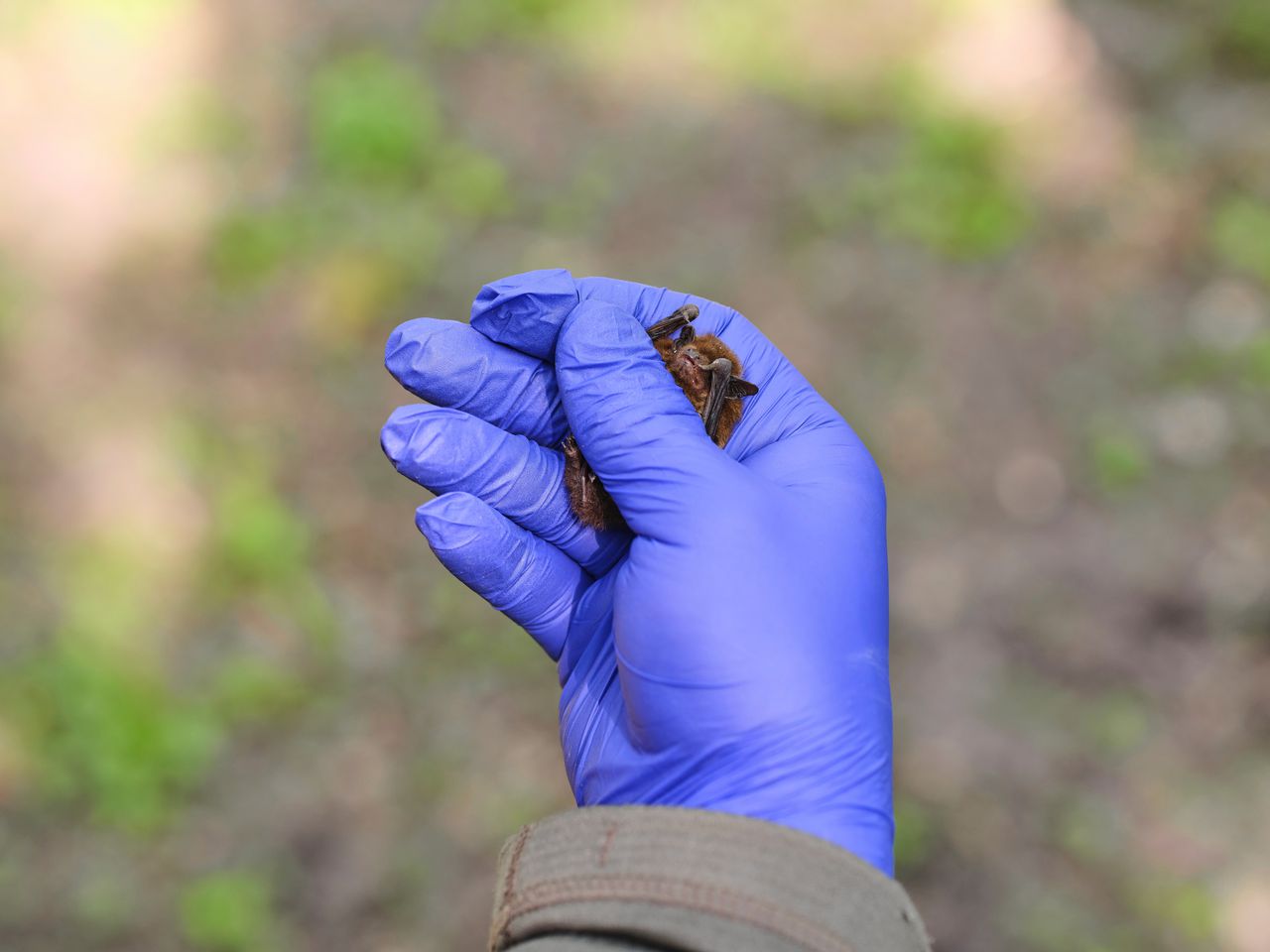First aid and important protective measures explained
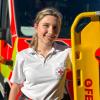
Children like to romp and try out everything that looks like fun. This sometimes leads to injuries. In our new series we present the most common accidents and show what “first aid to the child” should look like in these cases. It starts with the little Ludwig who suffers a concussion.
A fictional case: Ludwig celebrates his 6th birthday today. Finally he gets the long -awaited neon -colored skateboard. He can’t wait to drive with it, after all he has tried it with his friend a few times. He confidently puts it on the street and competes vigorously. He has already learned a trick that he demonstrates. The skateboard slips away and Ludwig falls backwards. He strikes the back of the head on the asphalt, he forgot the helmet out of sheer excitement. Ludwig remains motionless to scare his parents. His father informs the emergency services.
The function of the brain is temporarily disturbed
It goes very quickly: the head gets a shock, moves jerky or, for example, strikes up on the floor. Such an injury can lead to the brain « shaken » and bumps into the hard skull bone, the result is a temporary dysfunction. A light skull brain trauma arises, colloquially a concussion. The brain is surrounded in the skull of nerve water (liquor). It protects the brain from injuries by cushioning movements.
What should be done after such a fall?
Affected people usually feel stunned and have headaches, usually dizziness and nausea are added to vomiting. Patients often lack the memory of what happened shortly before or after the accident. Amnesia usually lasts less than 24 hours and is recognizable by frequent inquiries. Often, those affected are passed out for several seconds to minutes immediately after the fall.
Photo: Bavarian Red Cross
After checking the mouth and breathing, the person concerned must now be turned and observed into the stable side position for safety. If the child vomits, the respiratory tract must be kept free by turning on the side and holding there. The child is flat, ideally stored on the floor, avoid unnecessary carrying around and think of the heat maintenance with a blanket. In the event of unconsciousness, you should look at the clock to take precisely last time. Due to the excitement, seconds appear like minutes. Whether Ludwig is conscious can be found out with simple questions. It is best to talk to him about familiar things to calm him down. Ludwig shouldn’t fall asleep now. Are both pupils the same size?
Go to the doctor after head injuries
Head injuries can connect the parents to germ and loosely, without moving the neck and head too much. The emergency call should be informed or the child should be brought to the pediatric clinic or pediatrician if the first aiders trust themselves. It is important to be examined by a doctor after a head injury. In the case of a concussion, a 24-hour hospital stay usually follows for observation. If symptoms return, the patient has to go to the doctor again. The brain takes enough time to relax.
After a physical resting phase with sufficient sleep and little effort, the symptoms usually disappear after a few days or weeks. Those affected should not remain unobserved at the beginning. Around 150,000 children and adolescents are treated with a concussion in Germany every year in Germany, long -term consequences are rare and are considered very easy to treat.
So that it doesn’t get that far
Everyday life for paramedic Angelina Endres from the Bavarian Red Cross: « In emergencies with children, professionals can also feel a certain tension, » she says. Therefore in the first place: keep calm. Endres advises preventive measures. When activities with an increased risk of falling such as cycling, inline skating, climbing or skiing, attention must be paid to a well -fitting protective helmet. Inexpensive children should not remain unattended, windows, stairs and the balcony area for children should be secured. In addition, jumps to unknown water should be avoided. (AZ)

